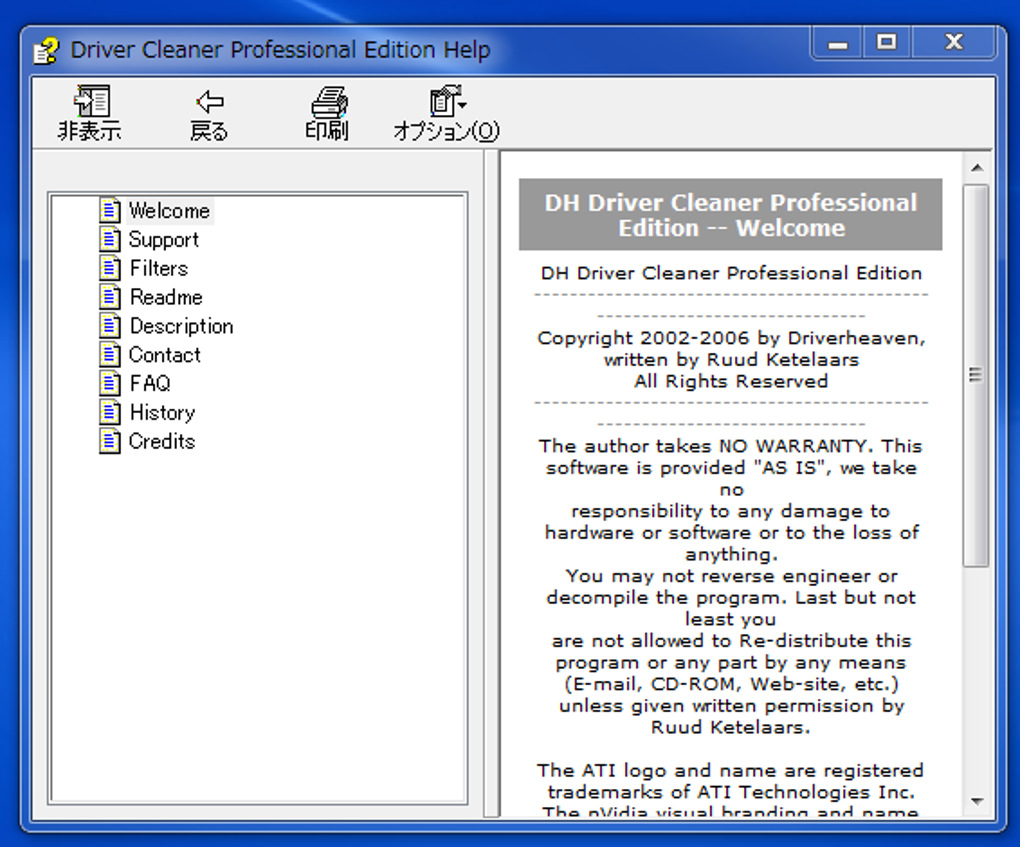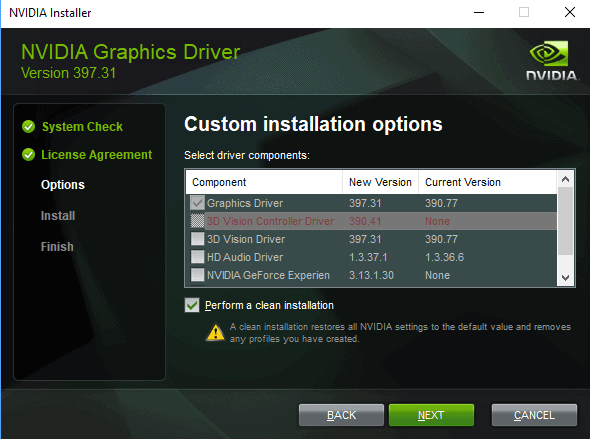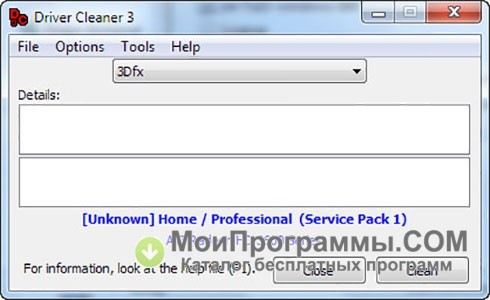
Right-click on the Start button and select Run.

To do this, open Device Manager and find the GPU driver. One solution to fix GPU driver update issues is to roll back the software to a previous version. Give the Restore Point a relevant name and description and hit Create. Go to the System Protection tab and click on the Create button at the bottom of the screen. Click the option when it pops up in the search results. Press the Windows key on your keyboard and search for create a restore point. So, the first thing you should do before troubleshooting any GPU driver issues is to confirm or create a System Restore point. However, Windows now saves Restore Points automatically whenever you update software on your computer.Įven so, the automatically created Restore Point may be too way back. In older Windows editions, you’d need to create Restore Points manually. And these stable states are known as Restore Points. System Restore brings your computer back to a stable state if something goes wrong on the machine. Follow these steps to fix it:Ĭontinue reading for the detailed steps.

If a GPU Driver Update is causing problems.

If you’re a victim of GPU updates gone wrong, this post is for you. It’s common to see users update their GPU driver and suddenly start experiencing crashing or freezing games or even complete system problems. Updates are rolled out to improve your overall system performance, but they can go south sometimes. It is always recommended to keep Windows drivers up-to-date, and this goes especially for GPU (Display, Video, or Graphics) Drivers.


 0 kommentar(er)
0 kommentar(er)
